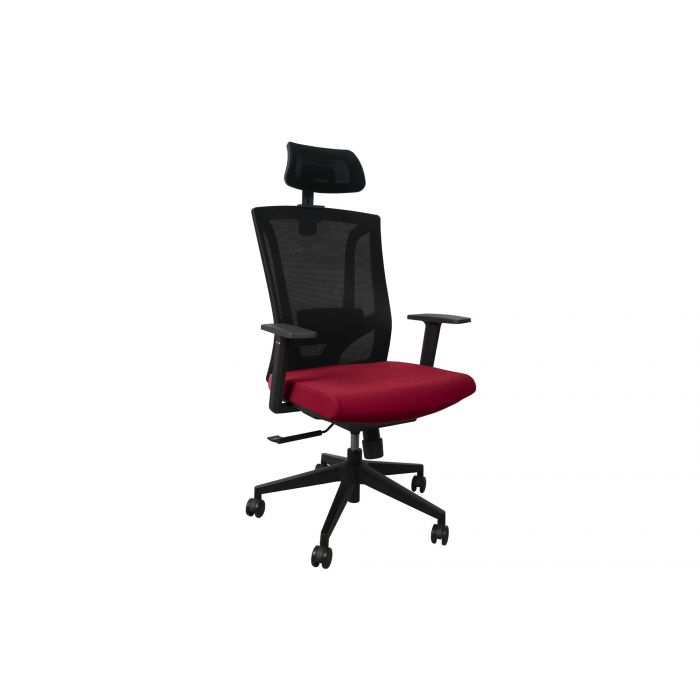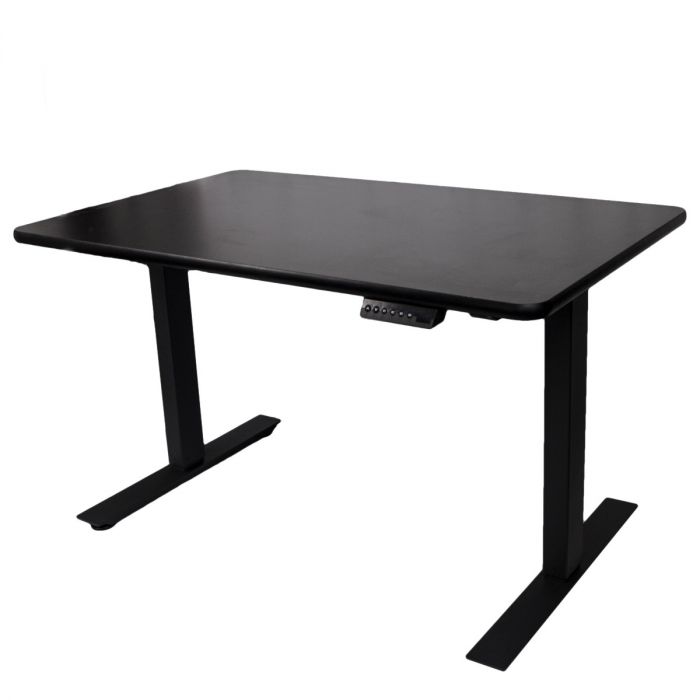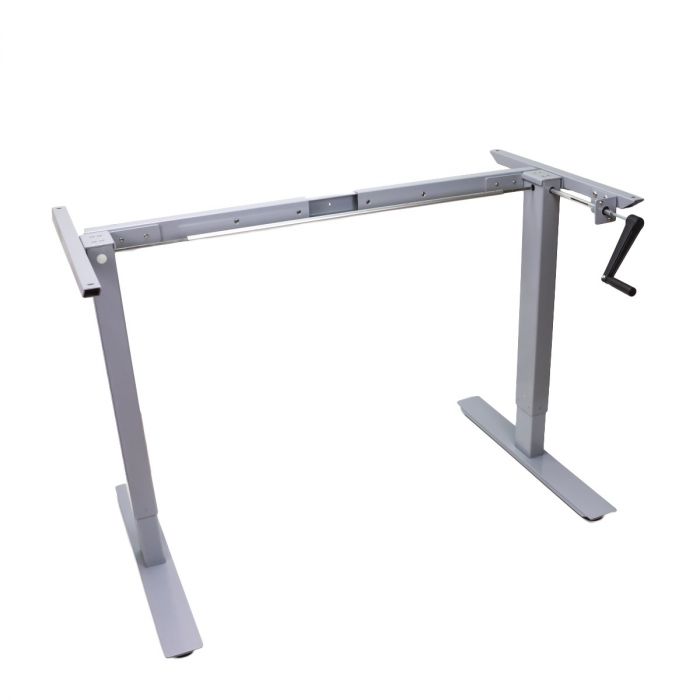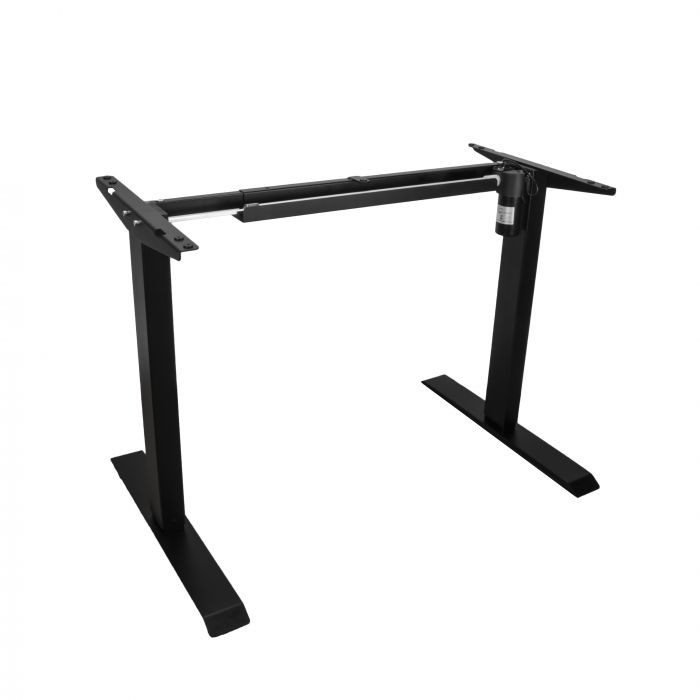
The emergence of desk workers in an office or home also makes poor posture a constant issue for workers, especially those who are working daily for eight hours or more. Most workers are often curled up on their desks and remain seated in their cubicles.
Most of them are overwhelmed with a lot of paperwork and are suffering from the bad effects of poor posture. Various posture-related health conditions are affecting a worker’s performance in terms of efficiency and productivity. One of these is the upper crossed syndrome – which most of us are not yet familiar with.
What is Upper Crossed Syndrome?
Upper Crossed Syndrome (UCS) was first described by a Czech neurologist and physiatrist, Dr. Vladimir Janda. According to him, UCS refers to the imbalance of the upper body, specifically in the upper back muscles and the muscles between the shoulder blades. Because of the upper crossed syndrome, our pectoral and neck muscles become weaker and tight.
Medical News Today discussed in one of its articles, some information about upper crossed syndrome. A part of the article stated,
“Upper crossed syndrome refers to a particular configuration of overlapping overactive and underactive muscle groups in the neck, chest, and shoulders.”
Medical News Today, also added:
“Typically, poor posture causes the syndrome, including the forward head posture, which occurs when people use electronic devices, read, and drive. Those with upper crossed syndrome usually have the same or similar set of postural irregularities that people may describe as slouching.”
Upper crossed syndrome is a posture-related disease that affects a lot of workers; however, only a few individuals are already aware of it.
Causes of Upper Crossed Syndrome
The primary cause of upper crossed syndrome is poor posture. This is worse if a person is engaged with long hours of sitting or standing with the head being pushed forward.
People can acquire upper crossed syndrome by doing the following activities:
- Watching TV
- Reading
- Biking
- Working with a computer, smartphone, or a laptop
- Driving
In some cases, upper crossed syndrome can be acquired as a result of injuries or congenital disabilities. Since this condition can be obtained from the usual routine or daily activities, it is vital to be aware of what risks should be avoided and what are the things that can be done to prevent it from happening.
Symptoms of Upper Crossed Syndrome
Medical experts mentioned that individuals with UCS often show to have rounded and stooped shoulders, as well as the neck bent forward. Upper crossed syndrome puts a strain on the bones, joints, and tendons. This causes people to experience the symptoms of the upper crossed syndrome, including the following:
- Headaches
- Weakness in the front area of the neck
- Upper back pain
- Pain in the shoulders
- Neck pain
- Fatigue
- Pain in the lower back
- Jaw pain
- Decreased movements in the ribs
- Pain in the ribs
- Pain and numbness in the upper arms
- Pain and tightness in the chest
- Strain in the back area of the neck
- Having trouble while driving for long hours
- Discomfort while sitting to watch TV or when reading
- Limited movements of the shoulders and neck
Some treatment options are made available for upper crossed syndrome, including physical therapy, chiropractic care, and exercises. Exercises that can effectively treat upper cross syndrome include lying down exercises and sitting down exercises.
Effects of Upper Crossed Syndrome at Work
Since the upper crossed syndrome is related to poor posture, it can have significant impacts on how we perform at work. When we feel its symptoms such as neck pain and headache, we will not be able to focus on our tasks. The effects caused by UCS can lower the productivity and efficiency rate of the employees. This can also put the health of the members of the workplace at risk.
Ways to Combat the Effects of Upper Crossed Syndrome
There are various ways on how we can combat or prevent the upper crossed syndrome. However, the most important thing we can do is always to maintain a good posture. In case you already have this condition, make sure that you know how to cease it from getting worse.
The following are helpful ways to prevent upper crossed syndrome, especially if you’re in the workplace.
#1 Ensure that your computer or laptop screen is positioned at an eye-level
#2 Make sure to take breaks for every 15 to 20 minutes, switching from sitting to standing
#3 Use ergonomic office chairs so you can work comfortably
Anthrodesk offers an ergonomic chair with the following features: lumbar support, armrest, adjustable headrest, and comfortable fabric padded seat.

Another chair that can be fun and active to use with a standing desk is Anthrodesk’s wobble chair. This chair promotes better metabolism and stronger core muscles.
#4 So some stretches to build muscles in your chest, neck, shoulder muscles, and upper back.
#5 Perform low-impact cardio exercises like walking or swimming. You can do it for at least 30 minutes each day.
#6 Use a standing desk to promote better posture when working at home or in the office. A standing desk will help to stay productive at work because it can help you avoid the harmful effects of prolonged sitting.
Anthrodesk provides a wide range of standing desks where you can choose the best one for your work requirements.
Programmable Single Motor Electric Standing Desk

Manual Crank Desk with Table Top Options

Electric Starter Desk with Easy Up/Down Controls

Programmable Dual Motor Electric Standing Desk
L-Desk Standing Desk with Programmable Adjustable Height Controls
Tips To Promote Good Posture for Better Health
Jane T. Hein, wrote an article for Mayo Clinic, on how to properly align yourself for good health. Here article summarizes:
“Proper body alignment not only helps prevent pain and injury but also can boost your confidence and mood. Improving your posture will likely take some time and conscious effort, but the feel-good benefits are worth it.”
Proper posture of the body can help avoid strain on your muscles, joints, and spine. This aids in alleviating pain and decreasing the risk of injury. Besides, good posture can help boost productivity at work and promote better health. That is why it is vital to be aware of how to improve your posture to avoid conditions such as upper crossed syndrome.







